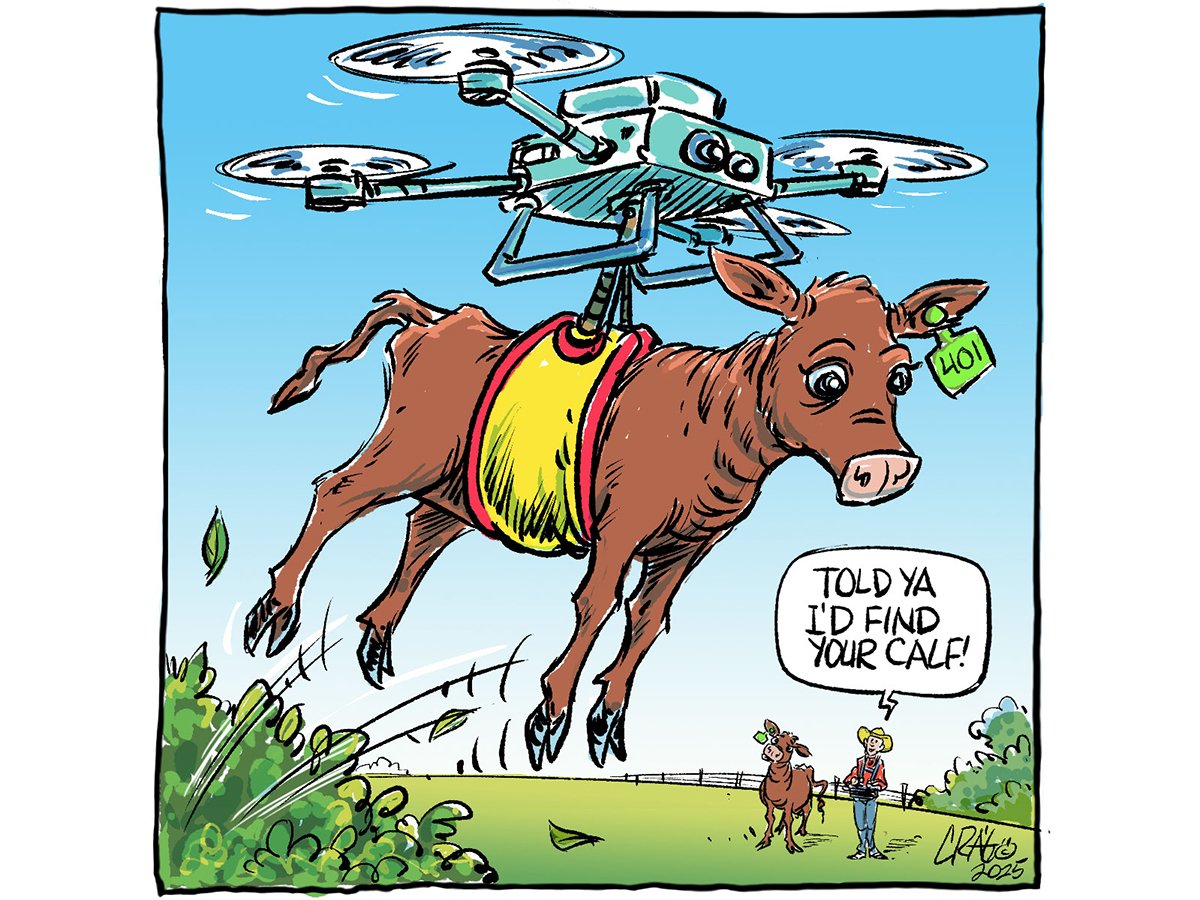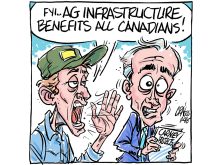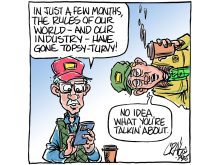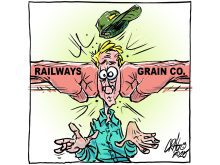Regulations that govern the application of crop protection products by drone in Canada are not being taken seriously by many farmers.
This was apparent at Ag In Motion 2025 a few weeks ago, where the area dedicated to drones and related products grew significantly from the previous year.
Follow all our Ag in Motion coverage here
Read Also

Invigor Gold variety viewed as threat to condiment mustard
Invigor Gold, the canola-quality mustard developed by BASF, is on a collision course with Canada’s condiment mustard industry. It’s difficult to see how the two can co-exist.
There were also more farmers ready to implement a drone spraying program on their farm or improve the program they already have.
Spray drones have been offered at agriculture farm shows for years.
This year, however, there were multiple companies also selling tender trailers that have everything required to keep application drones up and covering acres — from tanks and pumps to generators and operator stations where farmers can program jobs and monitor progress from the shade.
There were multiple levels of tender units available, including systems built on skids or modules that can quickly outfit a truck or trailer.
There were also higher-end options such as the trailer offered by PhiBer, which appears to have all the bells and whistles any drone operator could ask for.
For specific applications, the technology that enables drone spraying to be the most cost-effective approach is no longer coming — It’s here.
At AIM, the Western Producer talked with an Alberta farmer who plants 600 acres of crops annually alongside his livestock operation.
He has a ground glider sprayer that handles burndowns and the initial in-crop herbicide applications.
However, he said he doesn’t have enough acres to justify a high-clearance sprayer.
Instead, for the past two seasons he’s applied fungicides and harvest-aid products with a drone.
There is no going back to a time without a spray drone on this farm because it offers production capabilities at a price point that other approaches cannot match.
It doesn’t matter if the ground is wet; the sprayer doesn’t leave ruts.
This farmer no longer has to worry if custom operators in his area will be too busy to hit the optimal application window for fungicides on his fields.
He said maintenance on his drone is minimal, it’s not hard to program and it’s done a great job for him.
Cleaning, handling and storing it after an application does require proper protective gear and common sense because the machine is very sticky with product after use.
In the United States, the Environmental Protection Agency has essentially told crop protection companies that as long as a product has an aerial label, it can be applied from a drone.
However, even in the U.S. this grace period of oversight isn’t likely to last long.
The EPA told Syngenta’s global drone applications manager, Neill Newton, the agency will want to assess the risks from these applications in the future, just as it assesses risks from ground rigs or piloted aircraft.
The limited research that has been conducted in Canada on RPAS applications found that deposition patterns vary from both aerial (plane or helicopter) as well as between different kinds of drones.
There is no way around it, there needs to be more of an effort by both regulators and crop protection companies to study RPAS applications so farmers can better understand the risks because this horse is not going back in the barn.

















